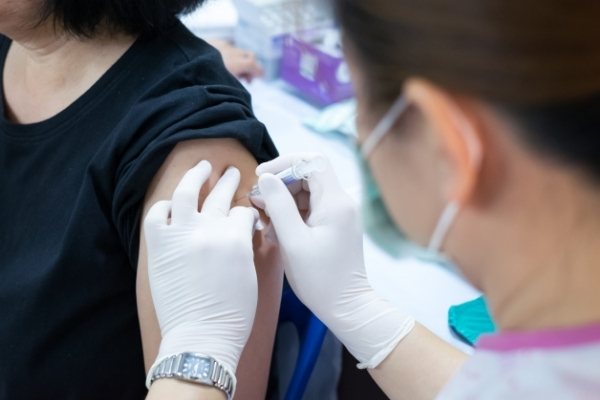
The Vaccine Adverse Event Reporting System (VAERS) is the early warning system for vaccine safety in the U.S. While it’s important for identifying vaccine side effects, the data it collects can be misunderstood.
The Centers for Disease Control and Prevention (CDC) and U.S. Food and Drug Administration jointly run VAERS. The system is effective because anyone can submit a report of an adverse event following a vaccination – and physicians are required to, says San Antonio infectious disease specialist Charles Lerner, MD, a member of the Texas Medical Association COVID-19 Task Force.

VAERS attracted the limelight briefly this year following the emergency use authorization of COVID-19 messenger RNA (mRNA) vaccines, those made by Pfizer-BioNTech and Moderna. For example, since April, VAERS has received more reports of cases of myocarditis and pericarditis – inflammation of the heart and surrounding tissue – after mRNA vaccination, especially for adolescents and young adults, according to CDC. (As of this writing, CDC continues to recommend COVID-19 vaccination for everyone 12 years of age and older given the risks posed by the disease.)
CDC’s reaction to such reports points up the strength and potential weakness of VAERS, Dr. Lerner says.
On the one hand, because anyone can report a side effect to VAERS, the system can pick up trends that scientists might not otherwise hear about. On the other hand, it requires a lot of effort to investigate all that raw data to determine if the report is, in fact, tied to a vaccine. Just because an event happened after vaccination doesn’t mean vaccination caused it, Dr. Lerner says.
“To use an outlandish example, if I fall down and break my right arm 48 hours after getting a Moderna vaccine, and I report that to the VAERS, somebody’s going to have to look at that and decide if [this] report means that there’s a risk of falling down and breaking your arm, or is it just a chance occurrence,” he said.
Also, context is everything in data analysis, Dr. Lerner adds. For instance, people might report dozens of broken arms after receiving an mRNA vaccine. But since lots of people break arms on a daily basis for all kinds of reasons, that information may or may not be helpful in deciding the safety of a vaccine.
“I want to know how many [broken arms] I expect to see that day in the general population [without a vaccine present],” he said. “If you don’t have that number, then the number [of broken arms] reported after vaccination, if it’s a small number, is useless.”
There is a lot of misinformation about vaccines, so each month Texas Medicine highlights common concerns that patients raise about immunizations. This material is designed to help you talk to your patients and help them understand the benefits of vaccines. Find printable infographics and helpful videos for your patients at www.texmed.org/TalktoPatients.
Tex Med. 2021;117(9):48
September 2021 Texas Medicine Contents
Texas Medicine Main Page